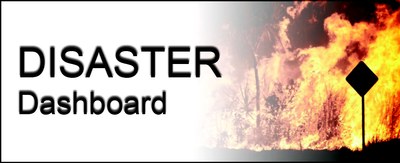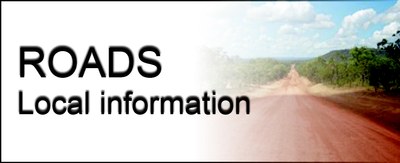Invasive animals
Priority invasive animals in Cook Shire
Click the following links for more information on priority invasive animals in Cook Shire:
- Feral pig (Sus scrofa)
- Wild dog (Canis lupus familiaris)
- Feral horse (Equus caballus)
- Chital & Rusa deer (Axis axis & Rusa timorensis)
- Feral cat (Felis catus)
- Indian Myna bird (Acridotheres tristis)
Invasive Myna Bird Trapping Scheme
The Indian myna bird is a non-native invasive bird that poses a serious threat to the environment, human health and local economies. Mynas often displace native birds at breeding time and are known to kill hatchlings and destroy eggs. They can simultaneously defend a number of nest holes, however only inhabit one. This reduces breeding opportunities for native hollow nesting birds.
Council are concerned about the impact these invasive birds could potentially have on Cooktown and the Far North region. Cooktown Lion's Club are looking for community members interested in being involved in a myna bird trapping program. The traps do not injure the birds and all mynas will be humanely disposed of by Council staff. Any off-target birds captured will be released. For more information, contact Ian McCrae at the Lions Club on 0427 727 805 or by emailing ian.mccrae3@bigpond.com
Pig trap loan scheme
Feral pigs (Sus scrofa) are a common pest animal species in both rural and urban areas across Cape York Peninsula. To assist landholders in the management of feral pigs that may be damaging lawns, gardens, fences etc., Biosecurity Services operates a pig trap loan program around Cooktown.
In order to obtain a trap it is necessary to register your interest with Biosecurity Services and complete a Pig Trap Loan Agreement form. In some circumstances Biosecurity Services will deliver/remove the trap and where necessary euthanise and dispose of any captured animals. Day to day maintenance of the trap, such as ensuring the trap is supplied with bait, is the responsibility of the landholder.
It is a condition of loan that details relating to any animals trapped is documented on a Capture Record form provided by Biosecurity Services. Should no information be received for a period of time it will be assumed that the trap is currently unproductive. In such cases the trap will be removed as soon as additional requests are received.
Please note that during the dry season pig traps are in high demand. To ensure that this demand is met and that the traps are operating at maximum efficiency in terms of pigs removed from the environment, traps need to be constantly rotated with the result that loans may be for short periods (i.e. two to three weeks) only.
If you wish to participate in the pig trap loan program please contact Biosecurity Services on 4082 0500 or via email.
Sodium monofluoroacetate (1080)
Sodium monofluoroacetate (1080) is a chemical compound found naturally in some native Australian plants that has elevated toxicity to dogs comparative to other animals. The compound is used throughout Australia as a pest animal control tool, more commonly in extensive agricultural/rural settings. Biosecurity Services holds both manufactured baits and 1080 solution. 1080 is available to certain landholders under strict conditions.
Annual baiting program
Biosecurity Services conducts biannual 1080 baiting runs throughout the Cook Shire local government area. The 2017 Pest Animal Baiting Program Map summarises last season's designated 1080 baiting run. Arrangements to provide 1080 services outside of the designated program can be made in some circumstances. Manufactured baits are available for pick up by landholders, or the agents of landholders, from Cook Shire Council (fees on a cost recovery basis will apply) throughout the year provided the use has been approved by a Biosecurity Officer.
Restrictions
- Biosecurity Services will only supply 1080 for the control of wild dogs and feral pigs;
- No baits are to be laid within 5 metres of a fenced boundary;
- No baits are to be laid within 5 metres of the edge of a formed public roadway;
- No baits are to be laid within 20 metres of permanent or flowing water bodies;
- No baits are to be laid within 150 metres of a dwelling;
- Owners must give at least 72 hours written notification to all neighbours with properties adjoining the holding where baits are to be laid; and
- Warning signs (available from Biosecurity Services) must be placed at all entrances to the property and at the extremities of the property boundaries fronting a public thoroughfare. Warning signs must be erected immediately before baiting and left in place for at least one month after the baits have been laid.
Please note: 1080 will only be provided to the “registered owner” (i.e. the person or persons listed on the land title and rates notice) of the land on which baits are to be used or their authorised representative/agent. Should a landholder wish to nominate an agent to accept 1080 on their behalf they must complete and return to Biosecurity Services an Authority for Agent to Sign form.
If you wish to participate in the annual baiting program please contact Biosecurity Services on 4082 0500 or via email.









